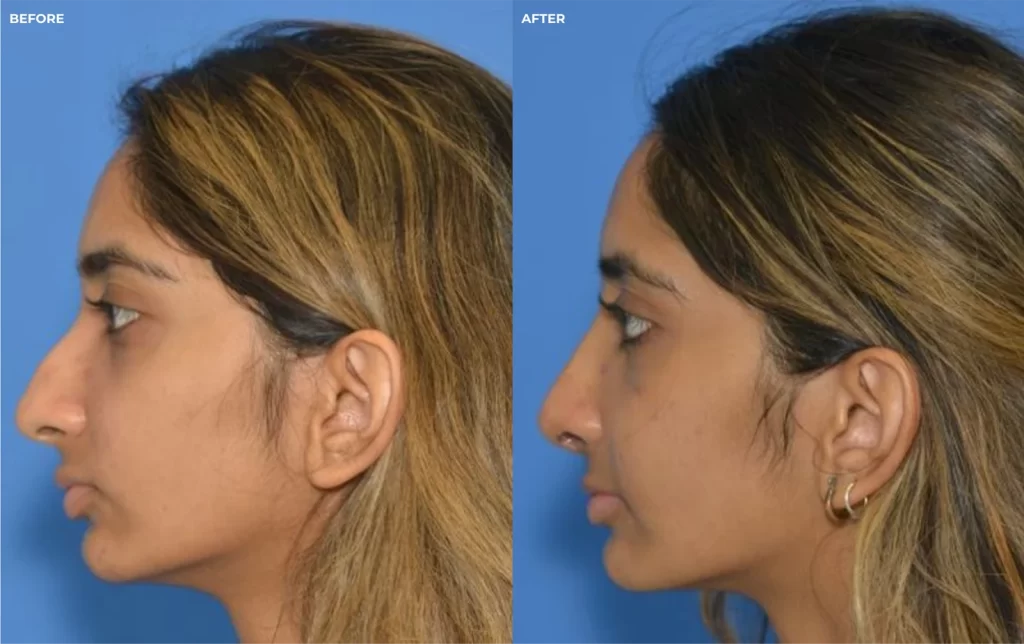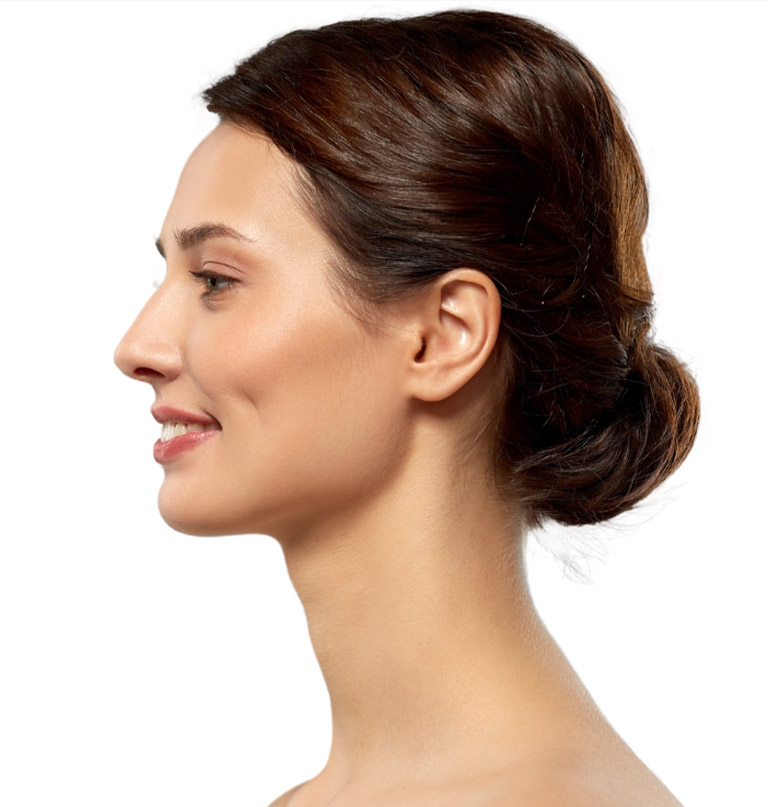 What Is Revision Rhinoplasty?
What Is Revision Rhinoplasty?
Your nose is one of the most defining features of your face, playing a vital role not only in your appearance but also in your overall confidence. When rhinoplasty doesn’t deliver the desired results, it can be deeply upsetting and affect your emotional well-being. At The Virginia Institute for Surgical Arts, Dr. Trang Thuy Vo-Nguyen (Dr. V) understands the profound impact this can have on your self-esteem and quality of life. That’s why patients from around the globe trust her expertise in revision rhinoplasty. With a compassionate approach and meticulous skill, Dr. V prioritizes your goals, listens attentively to your concerns, and works to achieve significant improvement. She is also committed to transparency—honestly discussing the possibilities and limitations of the procedure to ensure you feel informed and confident about your journey. Why Do Patients Opt For Revision Rhinoplasty in Northern Virginia?
In revision rhinoplasty, reducing the size of the nose is sometimes necessary to address specific concerns. Common issues include an overly wide nasal tip, lack of definition, excessively wide nostrils, or the presence of a nasal hump, also known as a “Pollybeak” deformity—a bump on the bridge of the nose. Since each patient’s concerns are unique, Dr. V will develop a personalized treatment plan tailored to your specific needs.
Nasal Asymmetry
Revision rhinoplasty can correct asymmetries caused by uneven healing from past surgeries, especially issues with cartilage resectioning or improper alignments. By reshaping and repositioning the overall nasal structure, Dr. V can recreate a more ideal balance.
Pinched Nasal Tips
Overly removing cartilage during a past primary surgery can result in “pinched tips.” The result? A collapsed, flat, unnatural nose tip. Revision rhinoplasty restores the volume and support to the nasal tip, bringing back a natural shape and improving function.Pollybeaks
Pollybeaks occur when there’s excess tissue sitting above the nasal tip, creating a beak-like profile. Revision surgeon experts like Dr. V refine that nasal dorsum area to create sleeker, straighter contours more aligned with your original vision.Collapsed Nasal Bridge
Collapsed nose bridges occur when past procedures remove too much cartilage or nasal bone, fundamentally changing the bridge’s structure and strength for the worse. Dr. V and her team of revision rhinoplasty specialists use custom grafts to rebuild your nasal bridge, providing real improvements to breathing and the whole appearance of your nose.Excessive Scarring
Scar tissue buildup can distort your profile’s shape, plus create texture irregularities and bumps at uneven points. Revision rhinoplasty safely removes or repositions scar tissue, smoothening the nose’s surface, and resetting natural definition.
View Dr. V’s Revision Rhinoplasty Before and After Results
Compare the results of real Virginia Institute for Surgical Arts patients who’ve trusted us with their revision rhinoplasty in North Virginia.
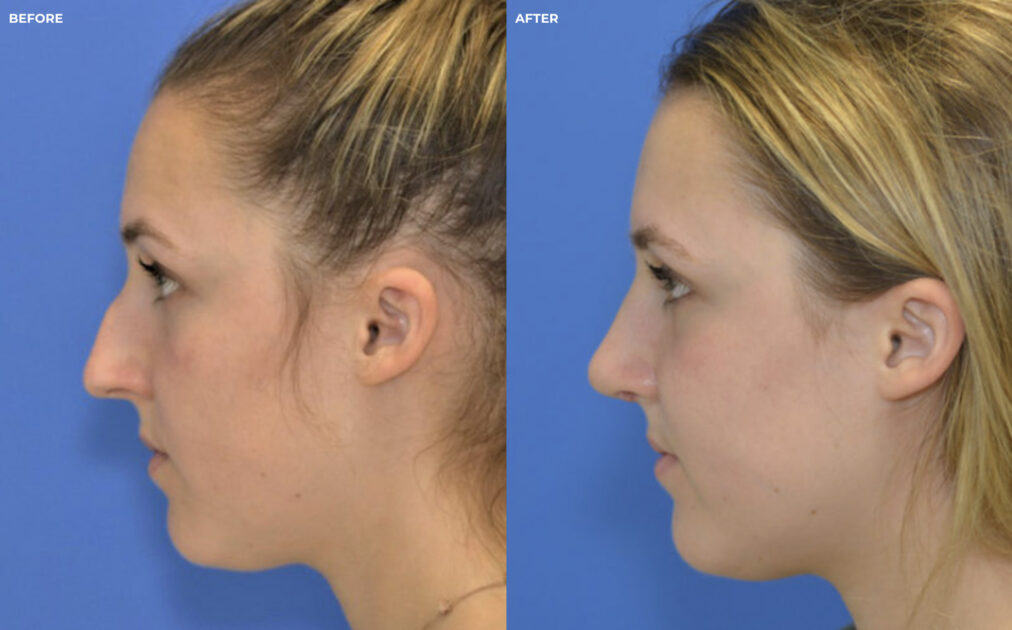
Why Choose Dr. V, A Revision Rhinoplasty Specialist in North Virginia?
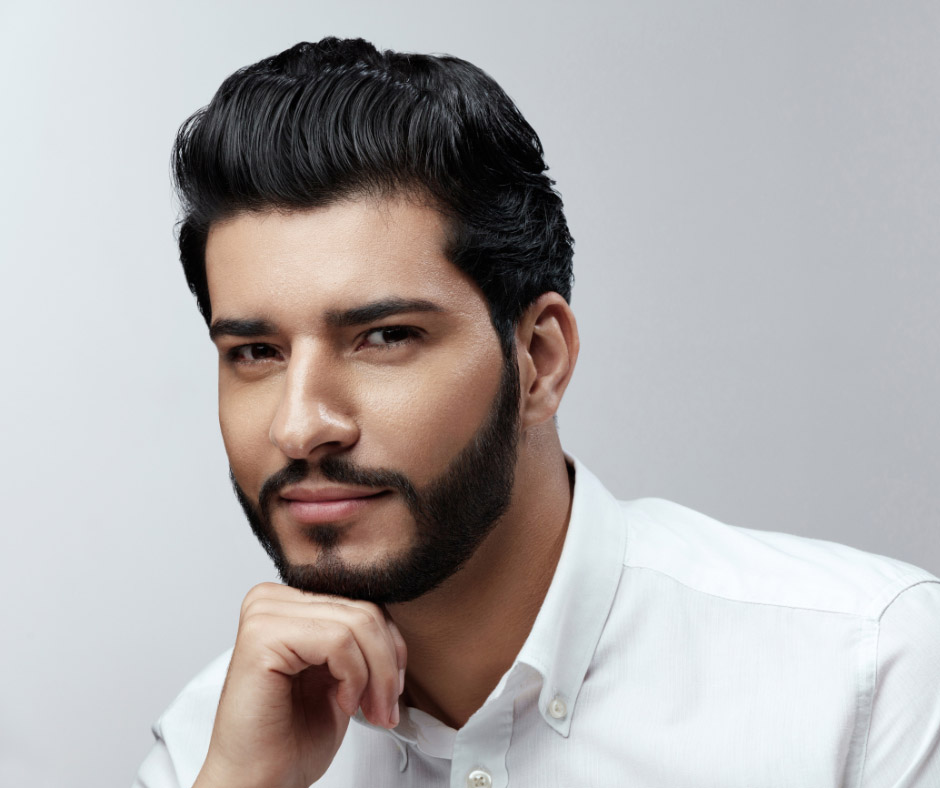
- Only contemporary rhinoplasty techniques. Dr. V maintains only the most rigorous, cutting-edge rhinoplasty methods and regularly educates others on the latest in nose grafting, surgical camouflaging, cartilage repositioning, and more — the gold standard in today’s surgical approaches to successful rhinoplasty.
- 3D before and after imaging. All revision rhinoplasty patients receive 3D before and after renderings during your consultations at our Chantilly, VA facility. You will understand the full structural and aesthetic expectations of your procedure.
- Deep commitment to restoring your trust. Dr. V understands many patients have poor experiences with past rhinoplasties or cosmetic surgeries even after working with other well-renowned doctors. She and our medical team work tirelessly toward earning your trust and helping you look and feel like yourself again.
- True patient education and understanding. Dr. V knows revision rhinoplasty is about restoring both function and aesthetics. Our clinic is a judgement-free, patient-centered facility where we take the time to understand your wants, educate you on expectations, and build trust every step of the way.
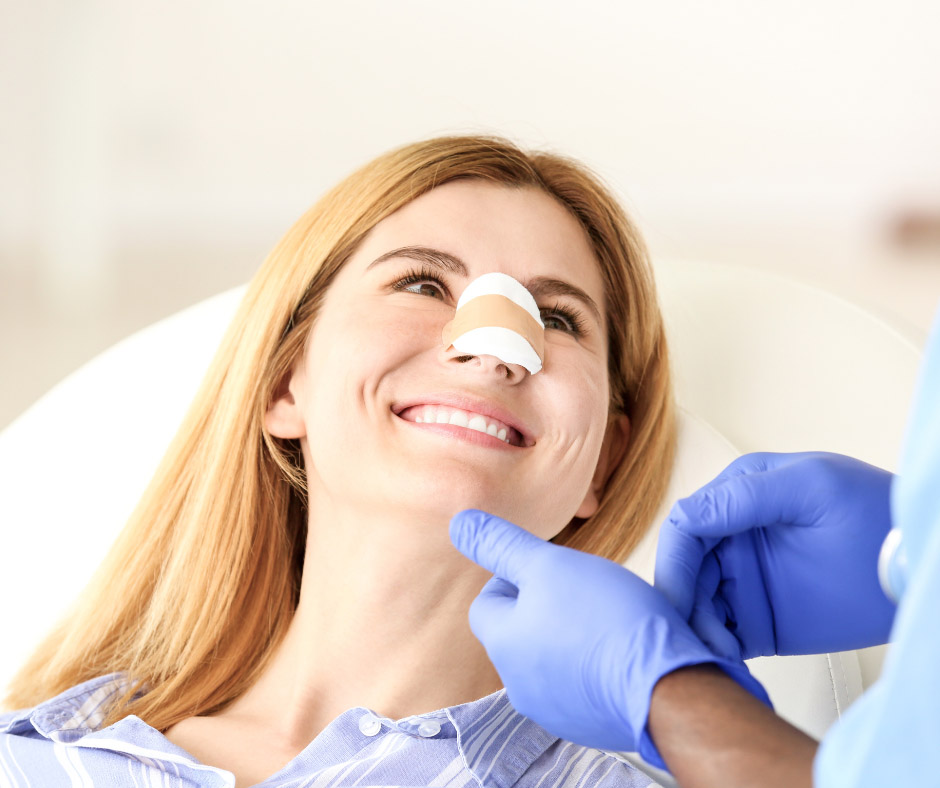
Overview of Revision Rhinoplasty with Dr. V
Revision rhinoplasty typically involves taking bone and cartilage grafts from your ear or rib and reshaping them for your nose. The procedure is very complex and requires the skilled hand of an experienced plastic surgeon and you can rest assured that Dr. V is a specialist in the field of revision rhinoplasty.
Revision Rhinoplasty Initial Consultation
Dr. V will first assess the cosmetic and functional problems of the nose that the primary
surgery may have caused or left untreated. In some cases, the problem may not be directly related to the primary nose surgery but may have occurred during the period of recovery. The exact nature and causes of the problem will be established, and an appropriate treatment plan will be prepared taking into account the patient’s facial anatomy, aesthetic goals, and previous nose surgeries.
Preparing For Your Revision Rhinoplasty in Chantilly
Pre-revision rhinoplasty prep will involve tapering or stopping certain medications, avoiding smoking, and following any additional pre-surgery guidelines provided by Dr. V. Every patient at The Virginia Institute for Surgical Arts receives a detailed, personalized pre-surgery guideline to ensure safety and recovery.
Day of Surgery
When possible, Dr. V will make the incisions in the same area as your original rhinoplasty to avoid excess scarring. The necessary procedures for your revision rhinoplasty may be as simple as removing more cartilage or bone or reshaping the existing cartilage in your nose. Your nose may also need to be restructured by adding cartilage support and grafts. Cartilage grafting is necessary when the results of a rhinoplasty give a “pig nose” look or you have a collapsed middle bridge called an inverted V deformity. Aberrations on the nasal bridge or nasal tip may be obscured by using fascia from the scalp. Silicone implants may be used if the patient’s natural tissue availability is limited, or cosmetic concerns require the use of silicone implants.
Follow-Up Appointments
Dr. V will remove your rhinoplasty cast as well as any stitches or sutures during your follow-up appointments after revision rhinoplasty, then assess your healing progress and answer aftercare questions. We’ll also monitor swelling and provide any extra tips for your recovery timeline and comfort.
Social Readiness
The patient can go back to work usually within a week after the surgery. The full effects of the procedure become visible as the swelling and bruising resolve over the next several weeks.Ideal Candidates for Revision Rhinoplasty in North Virginia
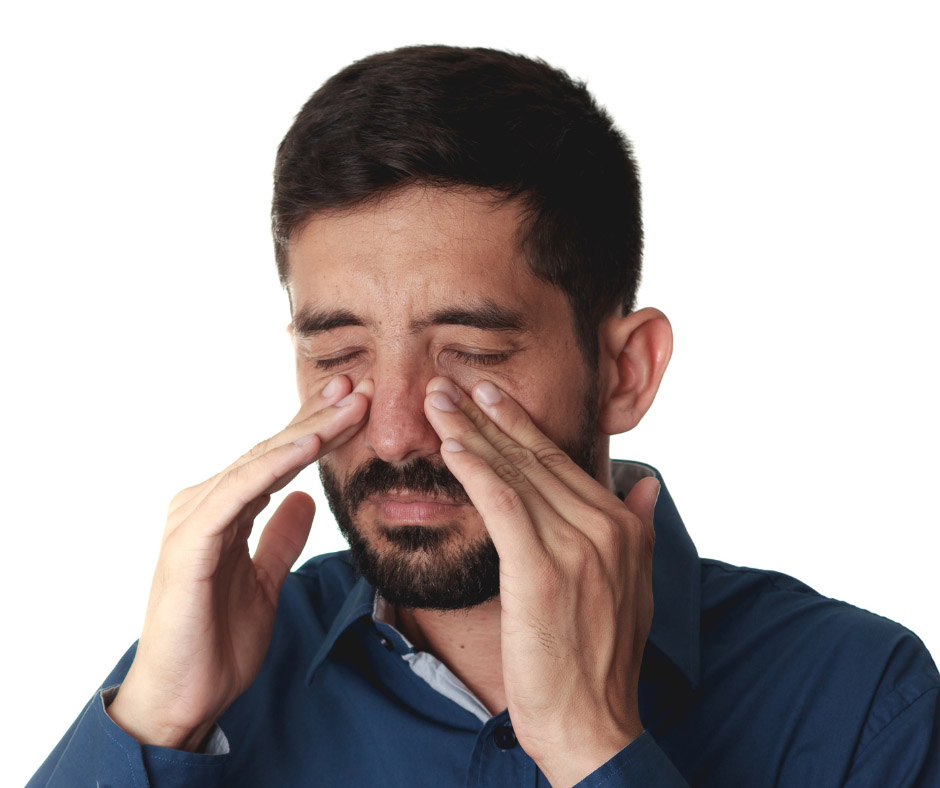
Revision rhinoplasty is entirely designed to help individuals dissatisfied with the results and functionality of previous nose surgery.
An ideal candidate may be experiencing any of the following:
- It is at least one year past the initial rhinoplasty surgery.
- Unhappy with the cosmetic results of a prior rhinoplasty.
- Experiencing difficulties breathing or sleeping due to nose structure issues.
- Seeking refinements to scar tissue buildup.
- Remain open-minded to realistic revision outcomes and their recovery timelines.
- Are in good overall health, and ideally non-smokers.
Schedule a consultation with Dr. V to begin understanding your revision rhinoplasty options.
Recovery From Revision Rhinoplasty
Following your revision rhinoplasty surgery, most patients experience minimal pain. You will be instructed to clean your incisions and the inside of your nose approximately twice a day by spraying salt water (saline) into your nose with a spray bottle or syringe. With an open revision rhinoplasty, your cast and stitches will be removed in one week and your nose will be taped for the second week. After that, if needed you will tape your nose nightly to help reduce swelling. Recovery from revision rhinoplasty is similar to that of traditional rhinoplasty and you will need to protect your nose from harm in the first few months after treatment. Most patients can return to their normal routine after one week.Benefits of a Revision Rhinoplasty
There are several reasons patients want to have a secondary (revision) rhinoplasty and you may be a candidate if:
- You are displeased with the results from your original rhinoplasty.
- You have experienced complications from your original rhinoplasty.
- You have difficulties breathing as a result of your original rhinoplasty.
Risks of Revision Rhinoplasty
Choosing Dr. V as your cosmetic reconstructive surgeon minimizes potential complications thanks to her decades of acquired skills and expertise. While revision rhinoplasty is considered safe, it is a niche procedure requiring a board-certified reconstructive plastic surgeon. Even routine revision rhinoplasties may include several risks, including:
- Temporary swelling or bruising around the nose
- Difficulty breathing during early surgery recovery (lasting 1-2 weeks)
- Potential scarring
- Rare risks of infection or adverse surgical reactions
- In extremely minimal cases, further revisions and aftercare.
Revision Rhinoplasty in North Virginia Before and After Gallery
Boost Results with Further Facial Enhancement
Dr. V and the medical specialists at The Virginia Institute for Surgical Arts are proud to offer a suite of complementary facial cosmetic procedures, each safe and effective in enhancing the results of your revision rhinoplasty.
Chin Augmentation
Chin augmentation integrates a safe, biocompatible implant into your jawline, all to create your most naturally strong and symmetrical profile. It’s the procedure to correct recessed or “weak” chins and for patients who’ve undergone facial trauma.Lip augmentation
Lip augmentation offers volume and shape to thin, flat lips and any surrounding looser skin folds. Dr. V and the Virginia Institute offer several types of lip augmentation treatments, from hyaluronic acid lip filler injections to corrective fat transfers.Brow Lift
Brow lifts combat the drooping and loss of muscle elasticity common as we age, especially those creating forehead frown lines.Trust Your Nose To Dr. V, a Revision Rhinoplasty Expert
If you’re unhappy with a past rhinoplasty, or have experienced ongoing problems or difficulty breathing, it’s time to explore revision rhinoplasty with one of the nation’s leading specialists.
Book a Consultation with Dr. V, one of today’s top-recognized revision rhinoplasty experts and double board-certified facial plastic surgeons.
Learn More About Revision Rhinoplasty in Chantilly, VA
Revision Rhinoplasty FAQs
The two main types of revision rhinoplasty include functional revisions (septoplasty), to improve breathing and nasal passage structures, and cosmetic revisions, which refine the nose’s appearance. Most corrective nose surgeries combine both for optimal results.
Revision rhinoplasty is inherently more complex due to working with existing scar tissue and the already altered anatomy from the original rhinoplasty. It requires finer and more advanced surgical techniques, plus ongoing clinical training and education, namely to improve on today’s cartilage grafting knowledge.
Yes! Revision rhinoplasty can address and correct structural issues that have impaired breathing. These procedures are typically known as septoplasty, but often carry nose shape refinements too that restore full facial balance as well as functionality.
ENT expertise ensures your reconstructive surgeon understands the full anatomical relationship between these areas of the body, including how the muscles, tendons, and its interconnected tissue all influence the health and movement of your face. All this helps assure you receive the best functional and cosmetic results during your revision rhinoplasty, optimizing your breathing and your appearance, preserving the integrity of your nasal structure, and ensuring results last as you age.
Costs vary widely based on your surgeon’s experience and the procedure’s complexity of corrections, but in general revision rhinoplasty in Virginia averages between $10,000 to $15,000.
Written by Dr. V.
Dr. Trang Vo-Nguyen (“Dr. V”) is a board-certified facial plastic surgeon specializing in advanced cosmetic and reconstructive facial procedures in Northern Virginia.


